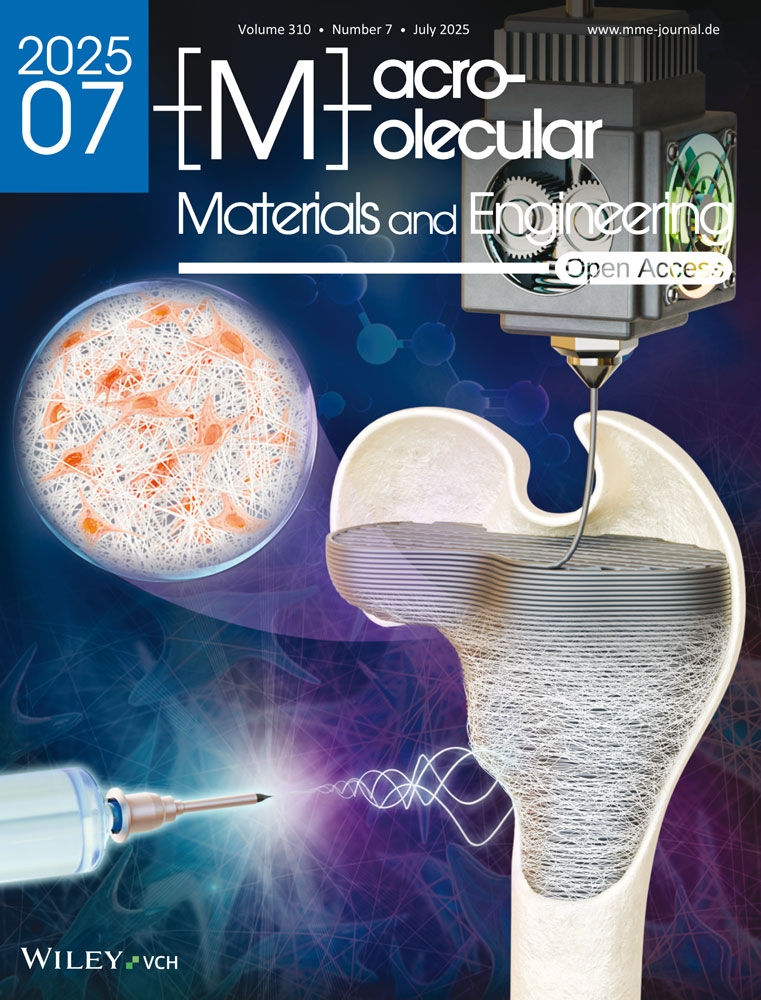Role of pigments in the stability of polyethylene systems
Abstract
The photodegradation processes of high-density polyethylene (HDPE) films containing either a phthalocyanine-based pigment, or a rutil (TiO2)-based pigment, as well as of the unpigmented films stabilised differently were investigated during photo-ageing, applying mechanical, gel content and XPS measurements. The phthalocyanine pigment-containing film showed degradation characteristics (abrupt decrease of elongation at break after short irradiation period, no gel formation, high concentration of oxygen-containing functional groups on the surface) similar to those of the films containing a low amount of stabiliser. The behaviour of the TiO2-containing film and that of the unpigmented films containing a higher amount of stabiliser were also similar (slow decrease of elongation at break, increase of gel content, lower amount of oxygen-containing functional groups on the surface). The concentration of oxygen-containing functional groups in samples pigmented with phthalocyanine increased remarkably with increasing processing temperature. The results suggest that the phthalocyanine pigment influences the photostability indirectly, through reduction of the thermal stability of polymer due to the adsorption of the thermal stabiliser by the phthalocyanine pigment. Coating the surface of phthalocyanine with reactive surfactant improved the photostability of the HDPE film.




